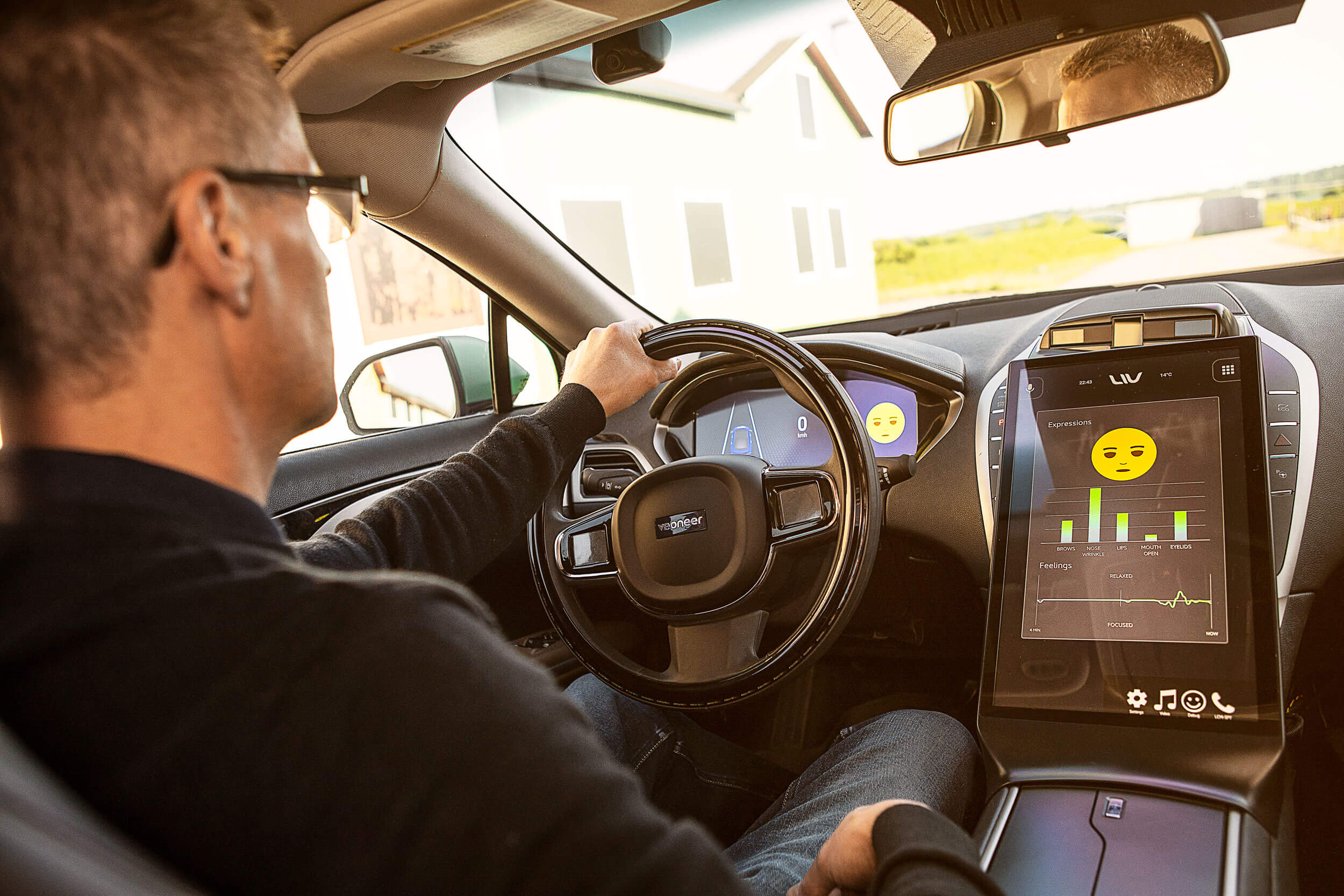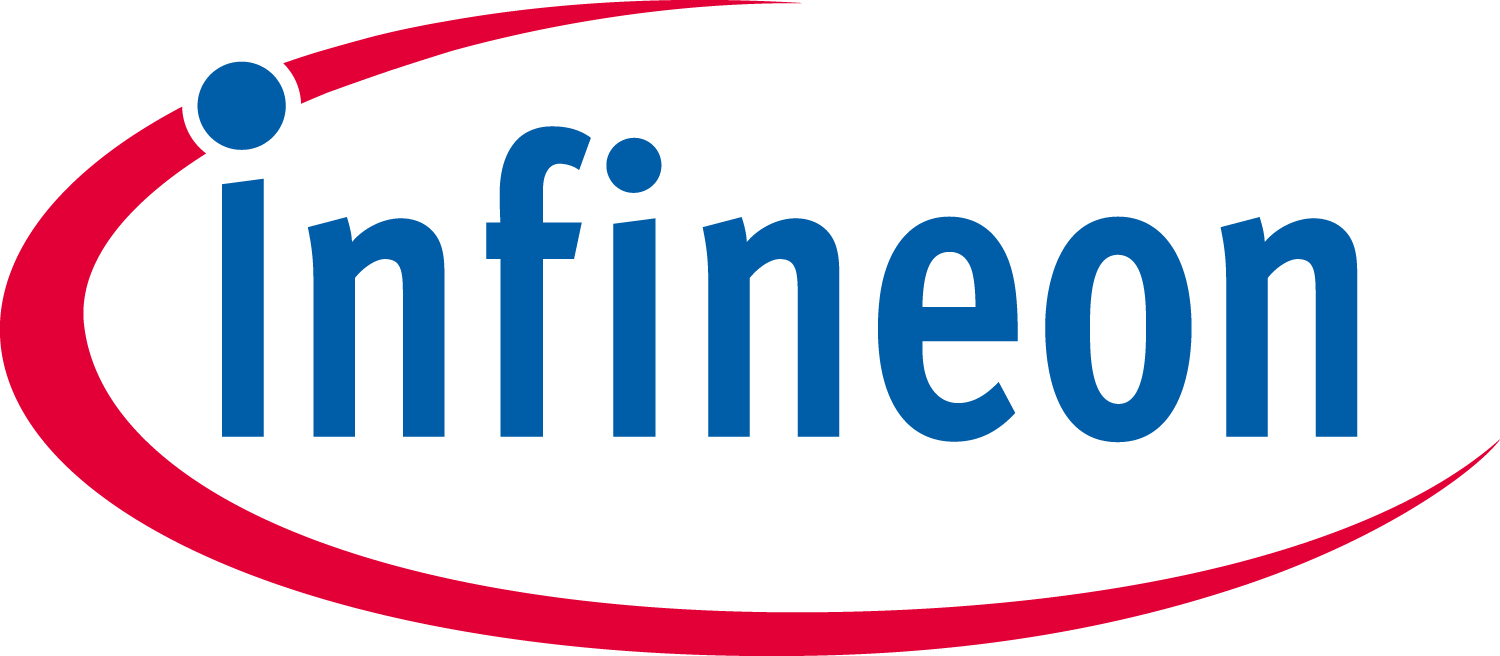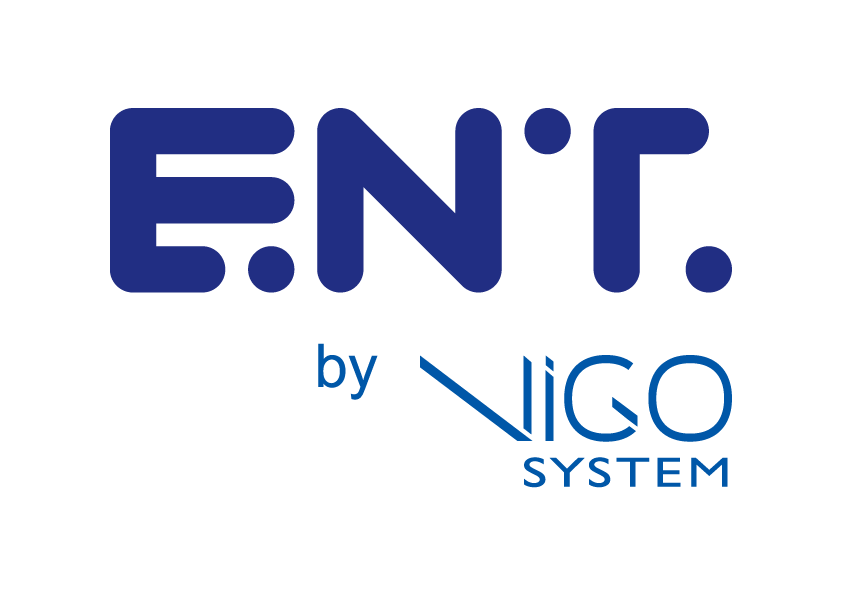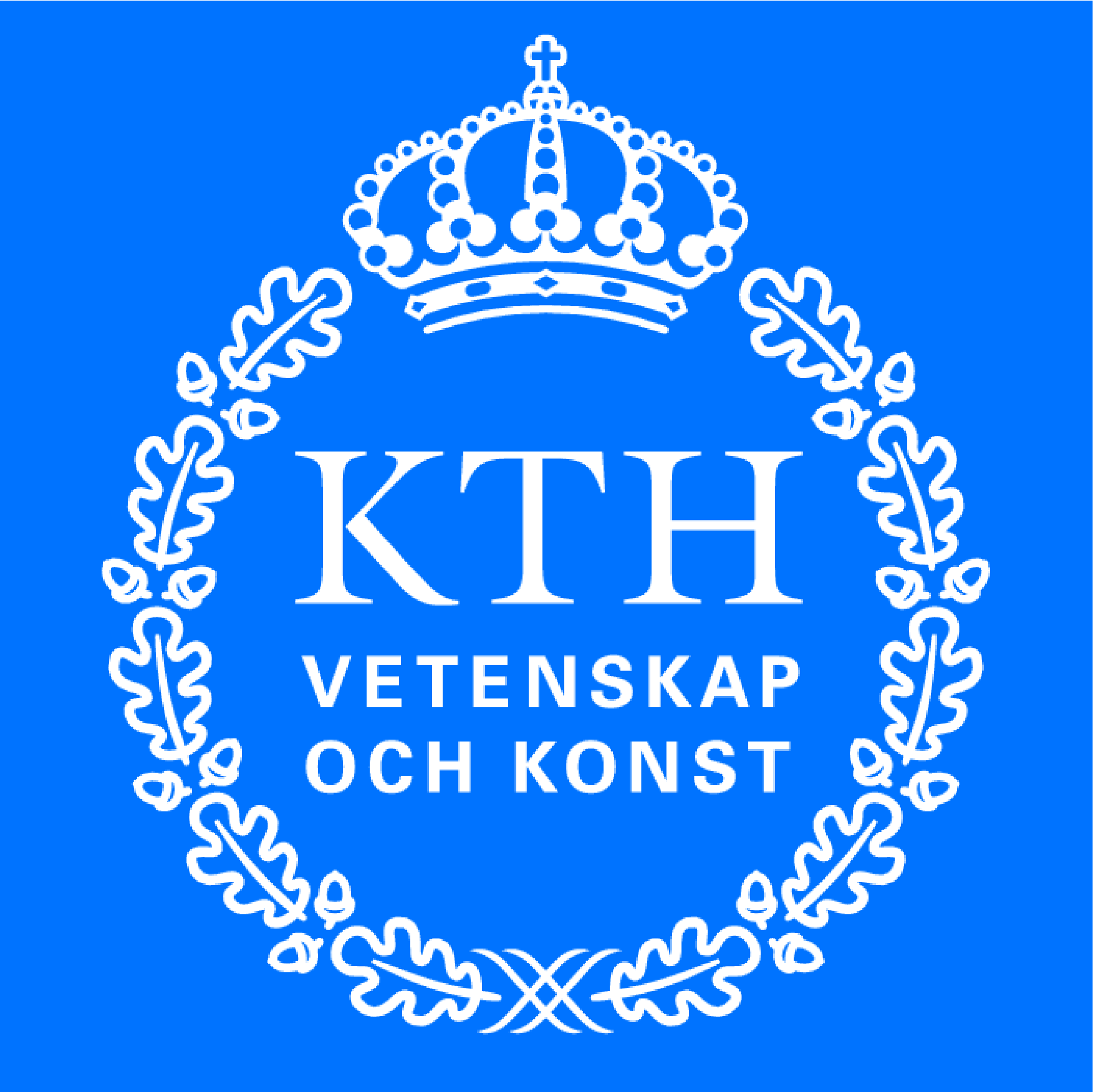
Next Generation Smart Automotive
Electronic Systems
About
Occupant safety and the increasing appeal of autonomous automobiles are the driving forces behind the rapidly growing need for smart electronic systems based on the latest semiconductor, microsystem and nanoelectronics technologies. The Car2TERA project will focus of two areas of research and development: in-cabin radar and onboard, high speed data communications. To address the in-car radar needs, which is currently the fastest growing car sensor market, Car2TERA will exploit the benefits of sub-terahertz (150-330 GHz) communication. This emerging sub-terahertz frequency has been proven to perform efficiently and with enough bandwidth to satisfy the high resolution demands of in-vehicle radar communications. Car2TERA scientific partners will build a prototype automotive radar for testing. In addition to developing in cabin sensing, the Car2TERA partners will develop nascent methods of data communication using plastic fiber rather than the traditional glass construction. These communications will be necessary in the near future to facilitate 5G communications and the IoT. These short-distance, high data-rate THz-over plastic technologies will be demonstrated by project end to illustrate their capability, efficiency and cost effectiveness. Car2TERA will implement Technology Readiness Level 4 in both demonstrators The project runs for 39 months and receives funding from the European Union under the grant agreement number 824962.
Vision
With European car module manufacturers holding a market share of 79% on car radars, and European semiconductor manufacturers 90% on SiGe car-radar chip sets, Car2TERA aims at extending Europe’s success story on advanced, smart electronic sensor systems into the sub-THz frequency spectrum and into new emerging applications. The proposed short-range, sub-THz frequency radar technology will also enable new, emerging applications such as in-cabin sensing and significantly improve outdoor sensing including road condition monitoring as essential new features towards the assisted and automated driving and improved road safety.
Keyfacts
Reference
Reference Number:
824962
Programme type:
Horizon 2020
Programme acronym:
H2020-ICT-2018-2
Duration
Project Start:
01.01.2019
51 Months
Cost and Funding
Costs: € 3.999.688,75
Funding:
100% EU-funded

Motivation
Advanced sensor systems and sensor fusion are the key components in the safe progression from Advanced Driver Assistance Systems (ADAS) to fully Automated Vehicles. Radar is a key sensing technology for advanced driver assistance systems and automated vehicles due to its strong detection capability, long range, and robustness to environmental variations such as inclement weather and lighting extremes. The current cars’ radar sensor technology mainly operates in the 24 GHz and 77 GHz bands in FMCW mode, and cannot meet the complex challenges for safe driving of automated vehicles and mobile robots. The sub-terahertz frequency spectrum, 150 to 330 Gigahertz, opens many doors, as it is perfectly suited for this kind of radar communication. However, the micro devices that transmit, receive and network at that range are still being developed. That’s where the Car2TERA project takes the lead role.
Mission and Objectives
Car2TERA will focus on sub-THz, large bandwidth technologies for advanced in-cabin sensor systems, sensor fusion and high-speed data links. Most importantly, the project will combine the results of recent achievements: (1) monolithic-microwave integrated circuits (MMICs) using 600-GHz-fmax SiGe and graphene technology (2) silicon micromachining for system integration, packaging and phased-array antenna front-end (3) integrated MEMS re-configurability and (4) large bandwidth, high-linearity graphene MMICs (5) advanced signal processing including OFDM radar signals and AI sensor fusion. Moreover, Car2TERA will focus on the following objectives:
• Novel car radar sensor concept
• Novel THz- over plastic data links
• Strengthen and reinforce Europe's leading position in automotive radar sensors
• Silicon-Micro machined THz system platform technologys
• Cost-effective, broadband, multi-usage SiGe monolithic-microwave integrated circuits (MIMICs).
Work Packages
WP1

Requirement analysis, specifications and roadmap development.
01.01.2019
31.05.2020
Detailed information
This work package incrementally improves system requirements into specifications for the applications. The main objective is to derive the technological specifications to guarantee a well-structured technical implementation of the project.
WP2

Multi-purpose, broadband, SiGe (600-GHz fMAX) circuits for THz sensor & communication applications.
01.01.2019
28.02.2023
Detailed information
The objective of work package 2 is to design generic MMIC front-end circuits, including power amplifiers, low-noise amplifiers, I-Q/PAM modulators and demodulators, voltage controlled oscillators, RF-DACs, and frequency multipliers.
WP3

Emerging technologies for future THz car sensors and networks (high-risk/high-gain)
01.01.2019
31.12.2022
Detailed information
The primary objective of this work package is to develop sub-system demonstrators in sub-THz devices based on emerging technologies. The secondary objective of this WP is to utilize these emerging technologies.
WP4

Interfaces and packaging of new technologies into electronic systems.
01.01.2019
31.01.2023
Detailed information
The objective of this work package is to conceptualize, design, fabricate and characterize the sub-THz microsystem integration and packaging platforms for the primary and the secondary demonstrators.
WP5

Primary demonstrator: in-cabin car safety sensor for pre & post-crash passenger monitoring.
01.01.2019
31.03.2023
Detailed information
Design and build a demonstrator with the proposed radar in a real vehicle environment for data collection, testing and possible user evaluation.
WP6

Secondary demonstrator: wide-band THz-over-plastic links for short-range intra-base station interconnect.
01.10.2019
31.03.2023
Detailed information
The goal of work package 6 is to implement an end-to-end demonstration system targeting short range, 100 Gbit/s, robust and reliable wired links to be used in RAN base stations for 5G and beyond.
WP7

Automotive System integration, System implications, Advanced processing & Sensor fusion.
01.01.2019
31.12.2022
Detailed information
Validate that the proposed radar solution will have sufficient resolution and accuracy in the measured radar parameters. The radar will also be evaluated for operation in areas of interference and adverse environmental conditions This work package will also evaluate the best sensor data fusion design.
WP8

Communication, Dissemination, Exploitation and Standardisation.
01.01.2019
31.03.2023
Detailed information
The main objectives refer to the targeted communication of project results. The communication addresses all potential stakeholder audience (scientific audience, policy makers, industry etc.) using target-group-orientated communication and dissemination tools (social media, leaflets, press release, papers etc.)
WP9

Project, Risk, and Innovation Management.
01.01.2019
31.03.2023
Detailed information
Flexible project management structure, an efficient management process and the provision of an effective risk management strategy in order to maximize the benefit to participants, project stakeholders and the overall impact of the project.
WP10

Ethics requirements.
01.01.2019
31.12.2022
Detailed information
The aim is to ensure compliance with the ethics requirements set out in this work package.





